Dangerous solar storm smashes into Earth with solar winds clocked at terrifying 700km a sec
Earth was struck by a powerful solar storm event yesterday with solar winds travelling as fast as 700 km per second and even worse is expected.
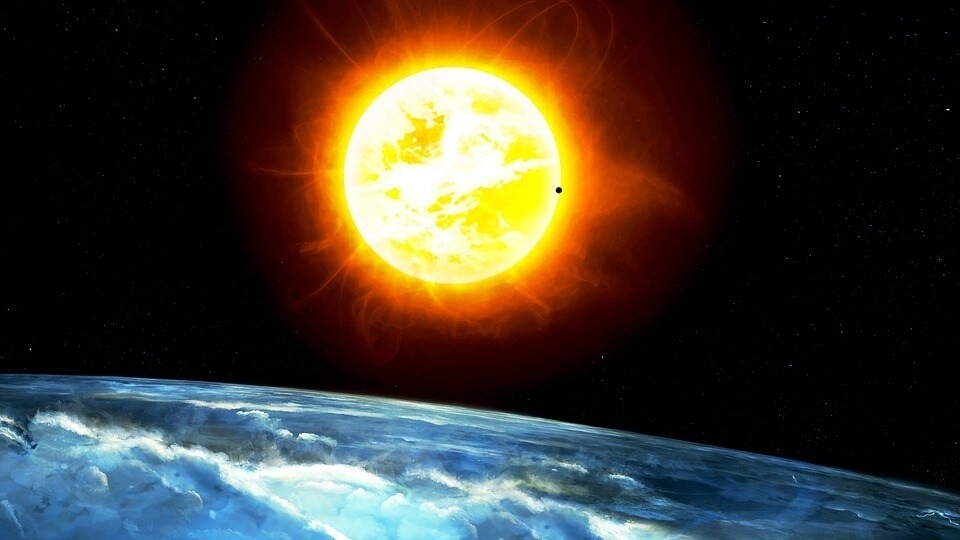
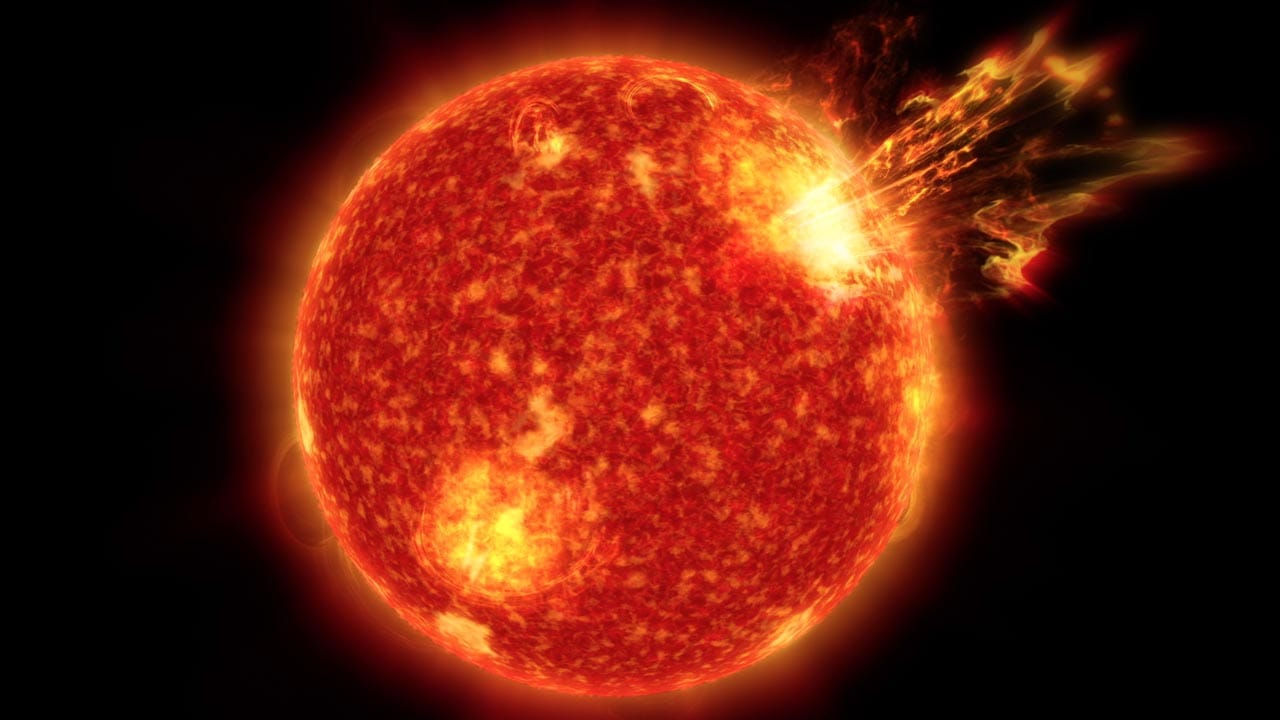
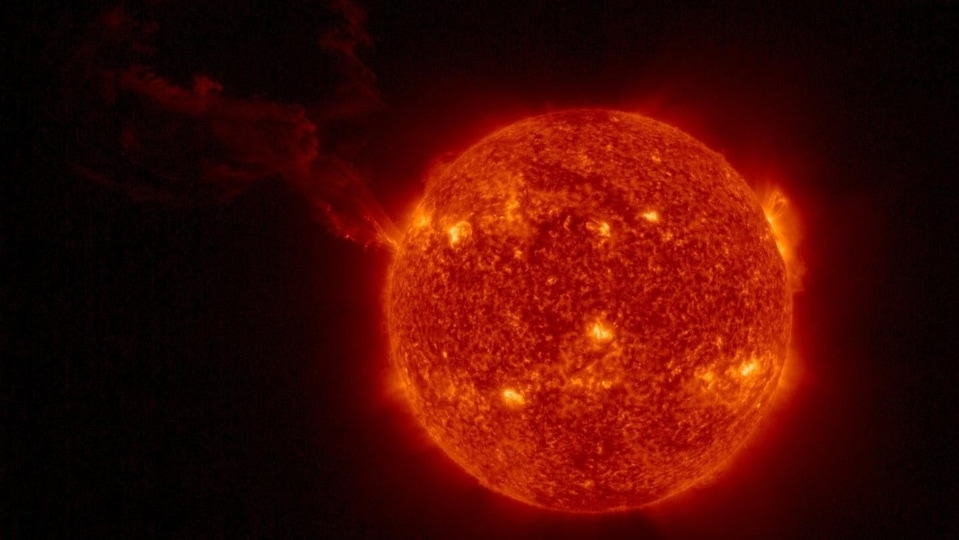
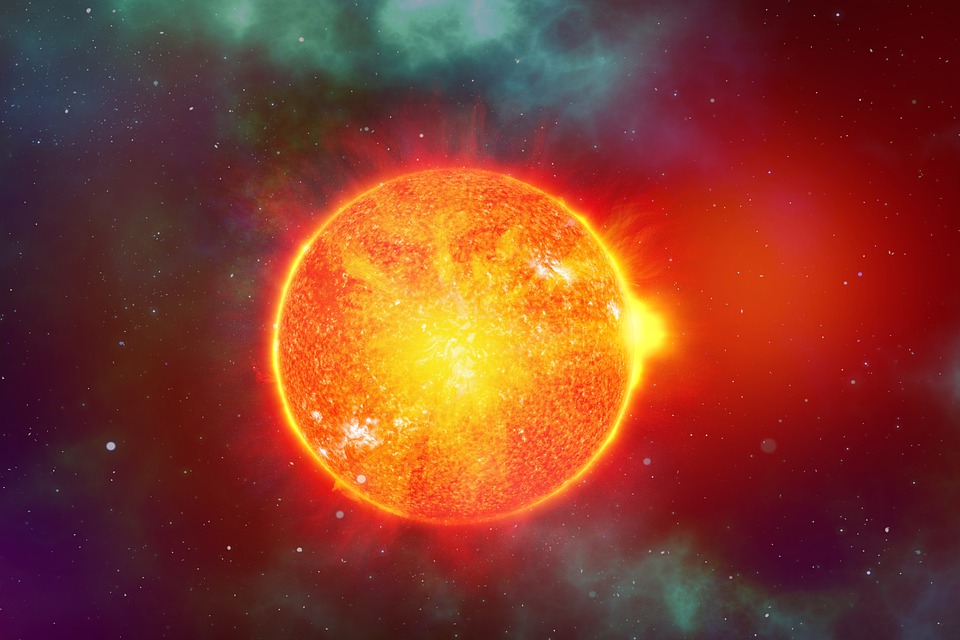
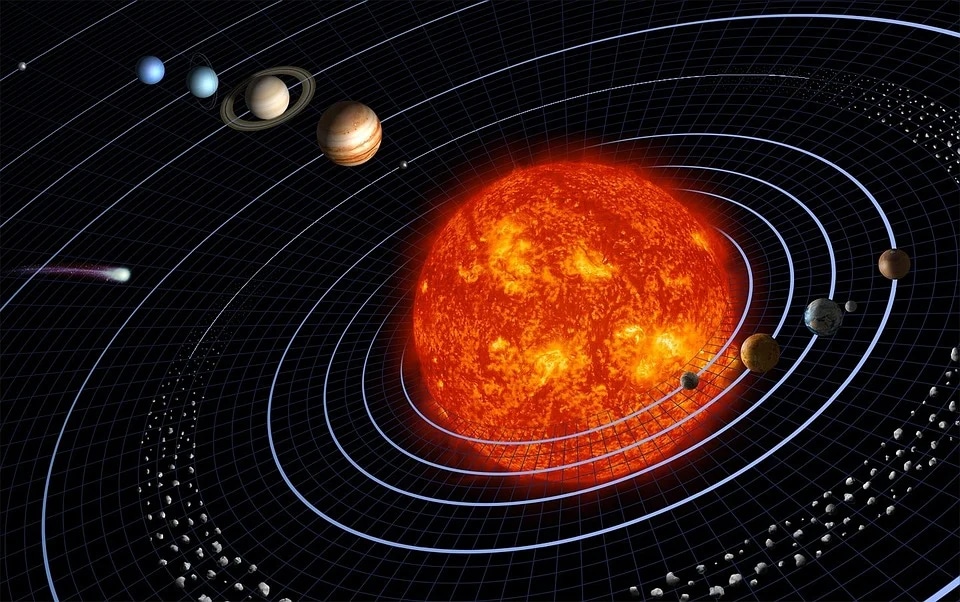

 View all Images
View all ImagesThe previous week Earth was blasted by multiple solar storm strikes and it appears that the ongoing week is not going to be any different. The Sun has spit out a wave of terrifyingly fast moving solar winds towards Earth yesterday, November 29 and it sparked a solar storm. The solar storm disrupted GPS activity as well as radiowave propagation affecting HAM radio operations. Even worse solar storms are expected to follow in the week. This increased solar activity is due to the Sun approaching the peak of its current solar cycle, which is due sometime during the first half of 2023. Know how dangerous this solar storm was and how bad it can actually get. Read on.
The solar disturbance was reported by SpaceWeather.com which stated, “Earth has entered a fast moving stream of solar wind, blowing almost 700 km/s. This is causing minor G1-class solar storms and auroras around the Arctic Circle on Nov. 29th”. It was this week's first solar storm and while it was not very powerful, more and stronger solar storms can hit us later this week.
Solar storm strikes the Earth
According to the National Oceanic and Atmospheric Administration (NOAA) data, there is a large area on the Earth-facing side of the Sun which is darkened. These areas are generally cooler than their surroundings and contain very high and often uncontrollable magnetic activity within it. If this darker spot hurls coronal mass ejections (CME) towards the Earth, it could cause really powerful solar storms.
The strongest solar storms (which can be as high as G5-class) can damage satellites, impact mobile networks and internet connectivity as well as cause power grid failure. Although humans will not be directly impacted by the radiation, due to disruptions to emergency services and power outages at places of high importance, it can still cause a high number of deaths.
How NOAA keeps an eye on the Sun
NOAA monitors the solar storms and Sun's behavior using its DSCOVR satellite which became operational in 2016. The recovered data is then run through the Space Weather Prediction Center and the final analysis is prepared. The different measurements are done on temperature, speed, density, degree of orientation and frequency of the solar particles.
Catch all the Latest Tech News, Mobile News, Laptop News, Gaming news, Wearables News , How To News, also keep up with us on Whatsapp channel,Twitter, Facebook, Google News, and Instagram. For our latest videos, subscribe to our YouTube channel.




























